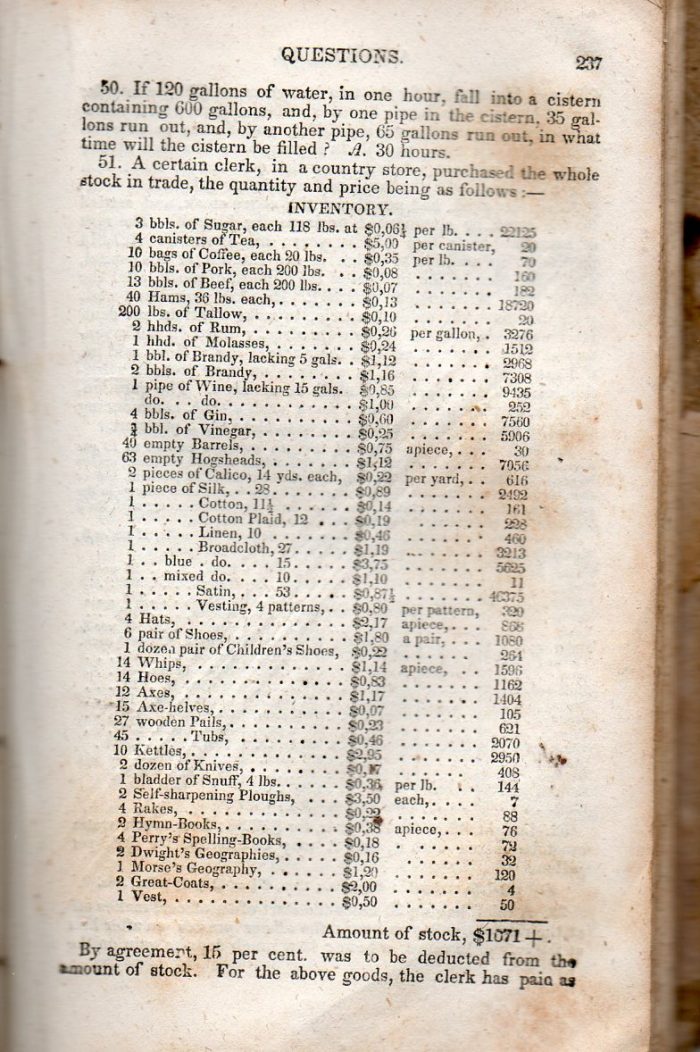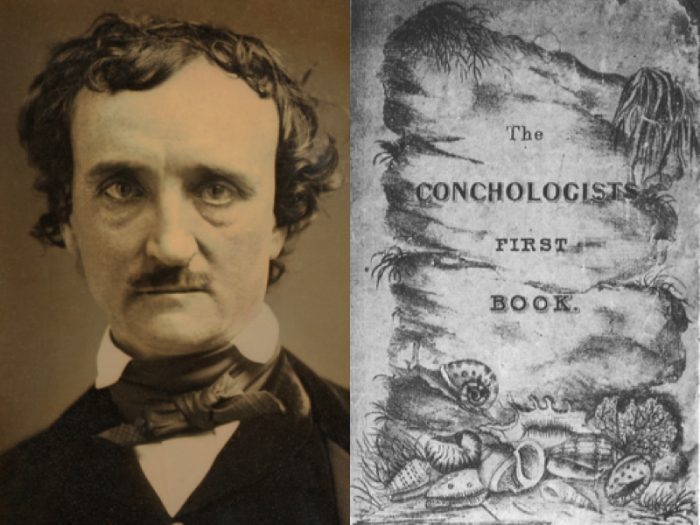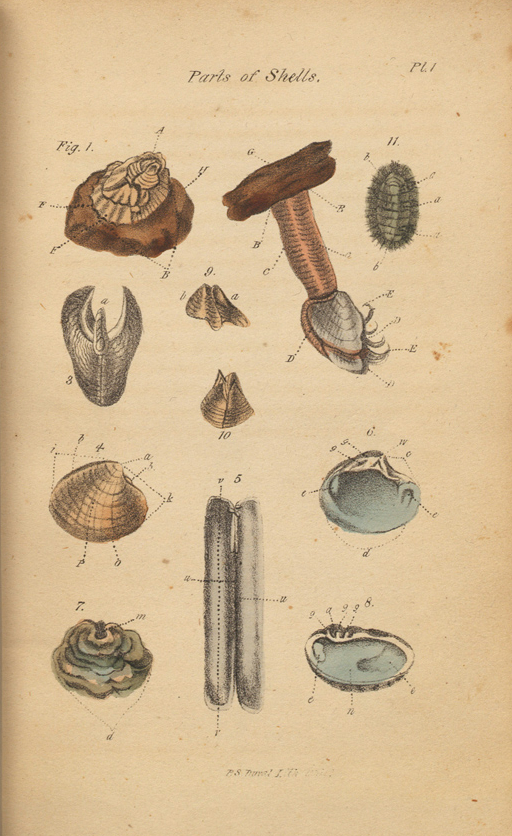Alejandro Jodorowsky, as anyone who’s witnessed a movie of his play out onscreen might guess, has steeped himself in the mystical arts, but it would take an astute viewer to guess that he received some of his earliest training in the field of mime. During his time in Paris in the 1950s, the Chilean-born filmmaker, yet to shoot a single frame but having already run his own performance troupe back in Santiago, began studying under Étienne Decroux, not only a master of mime but a master teacher of mime. Jodorowsky then joined and went on a world tour with a mime group led by one of Decroux’s especially promising students, one Marcel Marceau.
Few today could think of mime without Marceau’s name coming to mind, and none could think of Marceau without having at least a sense that the man redefined the art. Performers had, of course, used their bodies to wordlessly evoke different elements of the human experience since antiquity, but Marceau — who could take his viewers through an entire human life in four minutes — brought it to another level entirely.
Some of Jodorowsky’s fans might say the same about the director, and in the video above they can witness perhaps the two men’s only surviving creation: Marceau’s 1959 performance of The Mask Maker, a piece Jodorowsky thought up for him.
“Jodorowsky would say, ‘Marcel, will you accept if I give you an idea for a story?’ ” remembered Marceau in a late interview. “I replied, ‘Of course, if the idea is good.’ Jodorowsky said, ‘What do you think of a man who tries on different masks showing a variety of emotions? He puts on a laughing mask that gets stuck on his face; he tries desperately but it will not come off. He has to blind himself to take it off his face.’ I did the choreography myself, and then we shared the rights for this pantomime.” Two other Marceau-Jodorowsky works in mime followed, The Saber of the Samurai and “another cruel tale” called The Eater of Hearts.
At once shocked and moved, according to Projected Figures’ “Brief Guide to Alejandro Jodorowsky,” by the “excess of violence” in these mime routines, Marceau nevertheless performed them with what looks like the fullest commitment to the concept. Jodorowsky in turn made use of what he’d learned from Marceau even as he switched arts and began making films. The influence shows in his very first short film, 1957’s La Cravate, a wordless physical performance for the camera. History hasn’t recorded whether Marceau ever watched it, but he’d surely recognize his former collaborator’s sensibility in the content: it also goes by the English title The Severed Heads.
A 1975 version appears below:
Related Content:
Marcel Marceau Mimes the Progression of Human Life, From Birth to Death, in 4 Minutes
How Marcel Marceau Started Miming to Save Children from the Holocaust
Alejandro Jodorowsky’s 82 Commandments for Living
Alejandro Jodorowsky Explains How Tarot Cards Can Give You Creative Inspiration
Based in Seoul, Colin Marshall writes and broadcasts on cities and culture. He’s at work on a book about Los Angeles, A Los Angeles Primer, the video series The City in Cinema, the crowdfunded journalism project Where Is the City of the Future?, and the Los Angeles Review of Books’ Korea Blog. Follow him on Twitter at @colinmarshall or on Facebook.






